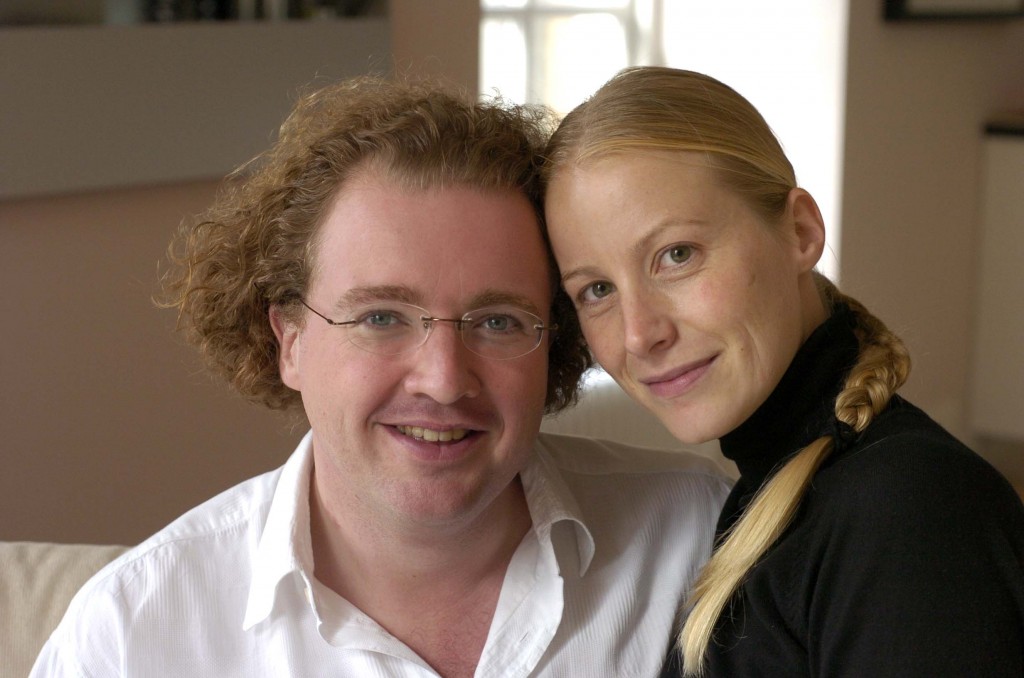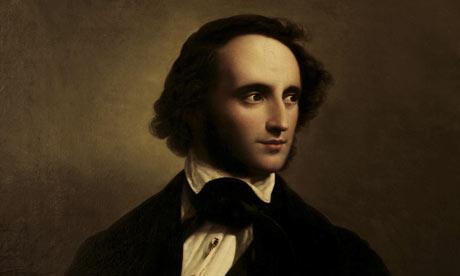
One hundred and ten years ago yesterday, when another culture war was under way, a concert took place at Musikverein Wien, in which Arnold Schoenberg (I prefer the Americanized spelling that he adopted late in life) conducted music by himself (his Chamber Symphony Op. 9), Alexander Zemlinsky, and Anton Webern. It’s known as the Skandalkonzert because violent skirmishes erupted among audience members during Alban Berg’s Altenberg Lieder, and the concert could not be continued. Mahler’s sublime song cycle Kindertotenlieder was canceled on the spot. (Likely just as well, since grief-stricken art songs about dead children are known to kill a vibe, especially after the adrenalin rush of a literal brawl.)
Even though I missed the concert centenary by a decade and a day, I thought I’d share some notes I wrote about Berg’s Altenberg Lieder, for a 2016 St. Louis Symphony program that also featured works by Holst and Vaughan Williams. The Berg songs are the most underperformed of that lot, so I have extracted those notes from the original program.
Wordless Weirdness
This program presents three intensely unorthodox works. One has remained extremely popular since its premiere, which might mitigate its essential weirdness. The other two pieces—widely admired today, if underperformed—were maligned and misunderstood when new. The partial premiere of the Altenberg Lieder could scarcely be heard over the heckling, which soon devolved into a riot. The response to Vaughan Williams’s Flos Campi was less hostile but still fell short of enthusiastic. Even Holst, that extraterrestrial tone painter, failed to appreciate his old friend’s cantata-concerto hybrid. “I couldn’t get hold of it,” he confessed sadly, after the 1925 premiere. Whereas both of the English composers’ suites contain only wordless vocal music, Berg’s songs supply actual lyrics, in German. But the combined effect of Altenberg’s oddball koans and Berg’s strangely shifting sonorities only serves to destabilize. Abstract and irreducible, the music inhabits a zone of infinite expression. It tells a story that language can’t betray.
Remarkable Resilience
Alban Berg was a remarkable man for many reasons, but his resilience undergirds all of his other strengths. It allowed him to continue composing against formidable odds. Sensitive and severely asthmatic, he took piano lessons from his aunt, but his early training was spotty at best. For most of his career, he endured toxic levels of vitriol and scorn. Music critics in Vienna, where he lived all his life, were notoriously vicious, and his so-called supporters weren’t always much nicer.
Take his master and mentor Arnold Schoenberg. Their relationship began in 1904, when Schoenberg, then 30, accepted the 19-year-old novice as a student. For the next six years, Berg was his most loyal disciple. Five Songs to Picture Postcard Texts by Peter Altenberg (usually shortened to Altenberg Lieder, or Altenberg Songs) was Berg’s first major venture as an independent composer. Whether Schoenberg deliberately sabotaged his former apprentice remains unclear, but the March 1913 premiere, at the Vienna Musikverein, was an unqualified debacle. As the concert’s organizer, Schoenberg deserves much of the blame.
The planning was slapdash, the rehearsals subpar. On a set list that also included works by Webern, Mahler, and himself, Schoenberg programmed only the second and third Altenberg songs, flouting the work’s cyclical coherence. Even worse, the soprano who had been hired to sing Mahler’s Kindertotenlieder flatly refused to perform the two Berg numbers, so a tenor was pressed into service at the last minute. Berg based the Altenberg Lieder on the mildly bawdy, epigrammatic blank verse of Peter Altenberg, but it’s unlikely that anyone heard more than a word or two in the general din. The first song was barely under way before the jeers escalated to physical violence. After some damn fool whipped out his pistol, the cops showed up. They broke up the so-called Skandalkonzert and sent everyone home.
Adding insult to injury, Schoenberg delivered a harsh critique a few weeks later. The compact, cryptic style of composition wasn’t working, he announced; Berg should go big or go home. Deferring to his master’s judgment, he abandoned his lieder. Until his sudden, squalid death at age 50, from an infected insect bite, Berg focused mainly on two eternally radical operas, Wozzeck and Lulu, which kept his posse of haters fuming for decades. (Some of the meanest and most wrongheaded gibes in Nicolas Slonimsky’s Lexicon of Musical Invective involve Berg.) A complete version of the Altenberg Lieder wasn’t performed until 17 years after the composer’s death, when Jascha Horenstein conducted it in Paris.
The cyclicity of the five lieder plays out on numerous levels. The opening “Seele, wie bist du schöner…” is prefaced by a sumptuous orchestral interlude teeming with odd sonorities. Theory nerds may notice that Berg employs elements of 12-tone composition a full decade before Schoenberg codified serialist technique. The concluding song in the cycle, “Hier ist Friede” (“Here Is Peace”), is similarly framed. Luscious and sinister, it plants a woozy kiss on the short stack of postcards and releases them to oblivion.
Copyright 2016 by René Spencer Saller








 (His famously red hair must be powdered or obscured by a periwig, but this is supposedly Antonio Vivaldi.)
(His famously red hair must be powdered or obscured by a periwig, but this is supposedly Antonio Vivaldi.)